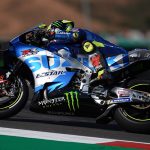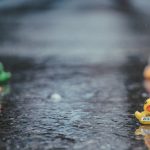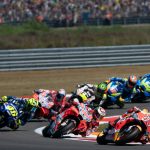On Sunday evening, after the Jerez Grand Prix in the south of Spain, I had just finished packing up when I had nipped to the toilet before setting off back to Malaga for my very convenient Sunday night flight home. When I returned to my desk, I almost immediately noticed my Think Tank camera bag, with all of my photography kit in it, was gone. It had been stolen from inside what is meant to be a secure location, accessible only by having the relevant pass and having it checked by the security on the door. My livelihood was in that bag. The tools of my trade. I was now faced with a rather large predicament. After having spoken to Dorna, the Media Centre staff and the local police in Jerez, do I stay in Spain or do I head home? My experience with Spanish police (thankfully limited to but a few minor incidents when they’ve stopped me to congratulate me on the time I saved while driving) has been underwhelming and I’ve heard my fair share of stories about stolen items in Spain and indeed the lacklustre outcome of almost all. I had done everything I could do at that moment, and decided to leave the circuit and head back to Malaga. My head naturally spinning at 84,000mph along that drive that felt like the longest of my life. Fortunately I had my girlfriend Sienna with me, and I cannot aptly put into words how much it helped to have somebody close on that drive.
The Monday after Jerez I was faced with quite the situation. I am a full time freelance photographer without any kit, with a race in Le Mans which I leave for in nine days. I took a step back to analyze the predicament mentally, to stay calm and to approach it as I approach every situation, as pragmatically and logically as I could.
I decided to try to ‘let go’ of my stolen kit, as I felt like dwelling on it would do me good. Better to focus on what you can change than on what you cannot. Fortunately (and very gratefully) the online response to what had happened had been phenomenal and quite overwhelming. I received hundreds, if not thousands of messages, tweets, snapchats, emails etc offering kit from the strangest stranger to almost every top MotoGP photographer. Something which in hindsight has been extremely eye-opening and shown the characters of a lot of people. I politely declined, but my gratitude ran deep.
Think Tank camera bags came forward almost immediately to offer a replacement of my stolen bag, which was the first burden lifted. A company which I was very much ‘into’ as a photographer but now will be a lifetime customer, and something I urge everybody else to do, too. The second and rather larger issue was the lack of cameras.
Fortunately, Sony contacted me offering to send me kit to trial. To try. To investigate. For the non-photography nerds, Sony’s flagship camera, the A9, is mirrorless unlike both Canon and Nikon’s flagship equipment. I had heard a fair bit about the A9 being the first full frame, professional mirrorless camera to really ‘take it’ to the current crop of professional bodies that Canon and Nikon offer. I was curious and I accepted the offer.
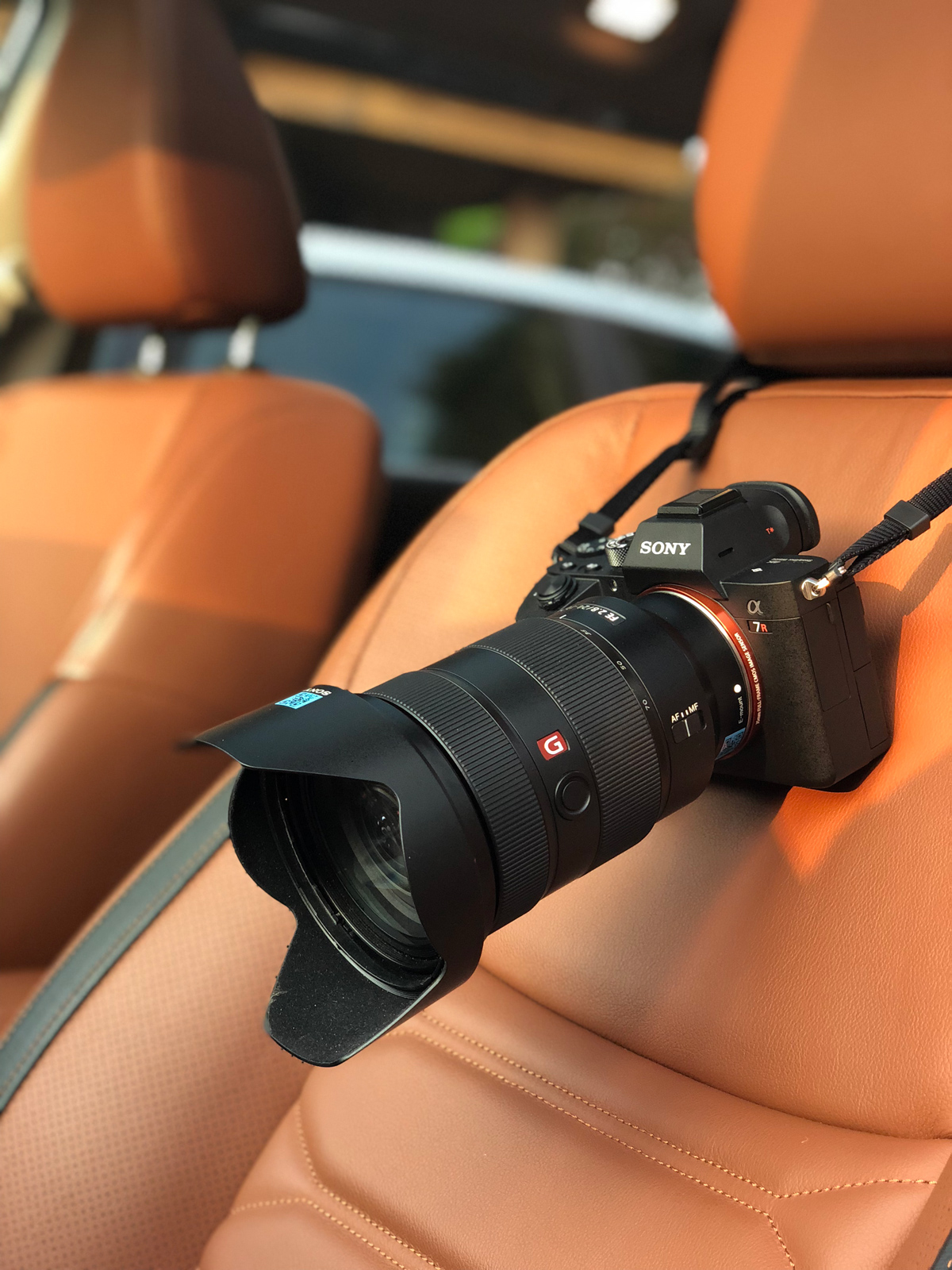
Trying to organise the logistics of having something so specialised to be delivered, and most importantly in time for me to leave for Le Mans, wasn’t easy. Sony came through and on the day before I left for France the A9 arrived on my doorstep. It was a curious moment. A camera so much smaller than what I had come from, the Canon 1DX; it felt like there were bits missing. I had an afternoon to get accustomed to it, so I decided the fastest moving thing I could find to test it was my dog.
Like all new pieces of technology from phones to cars, it was similar but different. I knew what I was doing but I didn’t know what I was doing. One of the huge differences of a mirrorless camera is how you ‘see’ what you’re photographing. The A9’s viewfinder is what’s called an ‘EVF’ or Electronic View Finder. Effectively you are looking through a digital rendition of what you’re seeing, rather than a reflection on traditional mirrored DSLR’s, hence the name mirrorless. In the past professional photographers have shied away from mirrorless cameras due to the battery life (the camera constantly has to power the viewfinder) and they picked up a name for being very unreliable and sporadic in their performance, something I was very aware of before I used the A9.
Arriving in Le Mans I knew it was very much a new weekend, a new style, a new way of photography and something I was well out of my depth with. I was using Le Mans (and subsequently Mugello) as a test for both the camera and I. During the race I learned a lot, maybe more than I ever have in photography. What I learned most though was that I should approach everything more with an open mind.
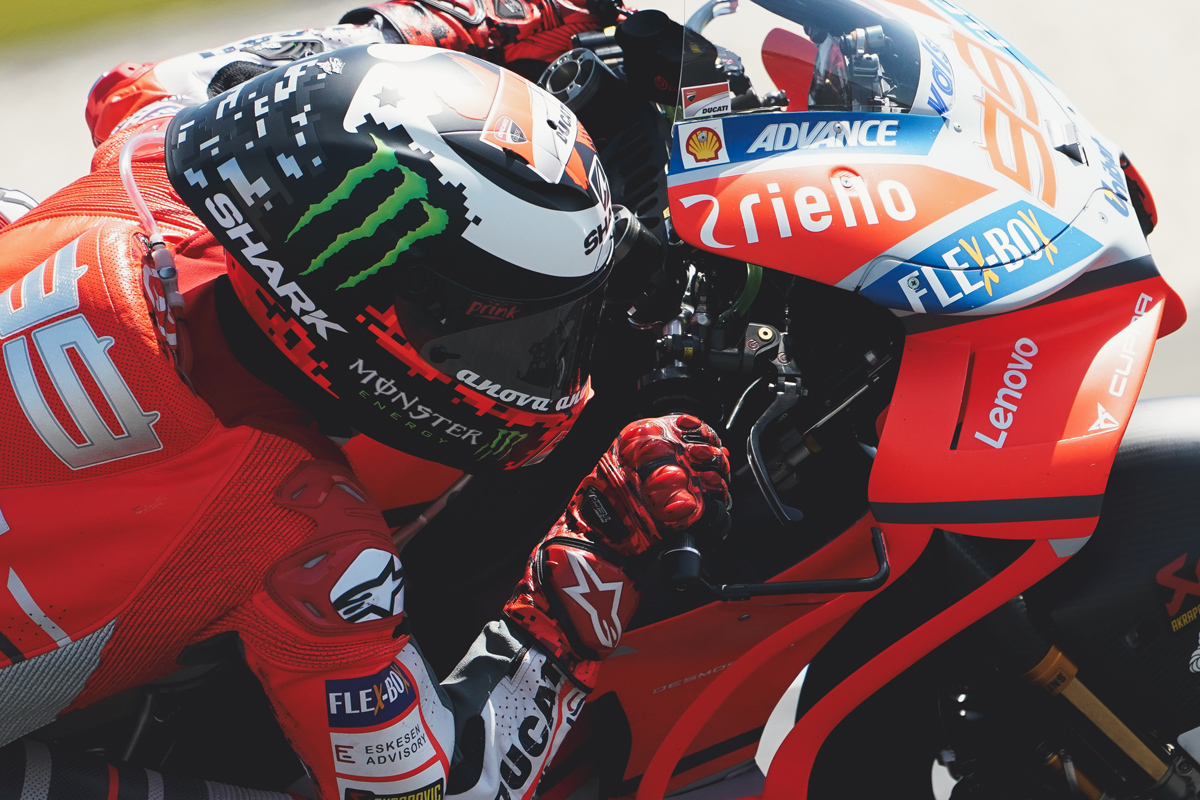
Using the Sony A9 on track is a familiar and yet very unfamiliar world having come from the traditional DSLR bodies. The EVF is odd at first but you quickly get very used to the ‘digital’ view. Having the results of your inputs, higher f stops or slower shutter speeds for example, show in real time before and as you take photographs is a whole new world. No longer do I need to take a photograph to understand its potential because the A9 shows me what’s happening as a result of my inputs beforehand. The Sony A9 as an autofocus covering 93% of the frame with 693 autofocus points. It also has what’s called ‘zero blackout’ so as you take the twenty frames per second there is no mechanical mirror closing and opening and as such you never lose sight of your subject or have any brief blackout like you do with a traditional DSLR. This is extremely useful in MotoGP as speeds and angle are so extreme that the difference between what you want (and can get) can be measured in hundredths if not thousandths of a second, much like the lap times themselves. Sony have taken a technology that was behind, and flung it far beyond where anybody expected. The A9 is now a professional camera body that’s more than capable in hardcore environment of MotoGP.
The older concerns about mirrorless cameras and their battery performance went largely unnoticed by me, as by the end of the race in Le Mans (and indeed Mugello) I had over 80% left in the first of two batteries (I was using an extended grip with extra batteries because I was unsure of their lifespan) after having shot over 2000 photographs in RAW. Something I’ve now learnt with 20 frames a second is that I need to chill out a bit on the shutter button compared to what I’m used to!
Mugello was much the same as Le Mans and I came away from both races genuinely gob-smacked. I got in touch with Sony to give my feedback and to arrange for the camera to head back after my trial run. To my surprise, but great elation, Sony asked me would I be interested in becoming an Ambassador for them. Having used both Le Mans and Mugello as a trial, I confidently agreed and I am very proud of the situation I’m in as well as being very excited about the potential of what I can create photographically and artistically with Sony and its extremely high potential.
It has been a very stressful period for me, one which I never expected (nor would I wish upon anybody) but I have come out the other end a more rounded, more positive and more excited person because of it. I am very much looking forward to getting on with the rest of the year in MotoGP, and indeed outside it, to see what I can come up with, with my new tools of the trade.
Words & Pics by CormacGP

